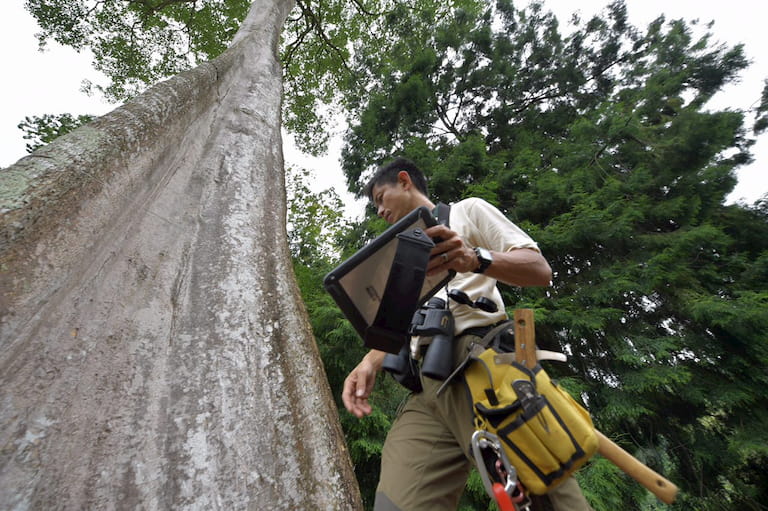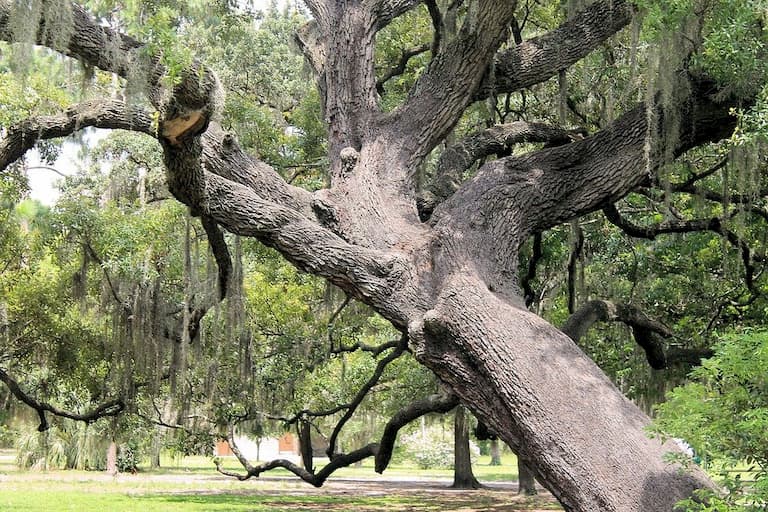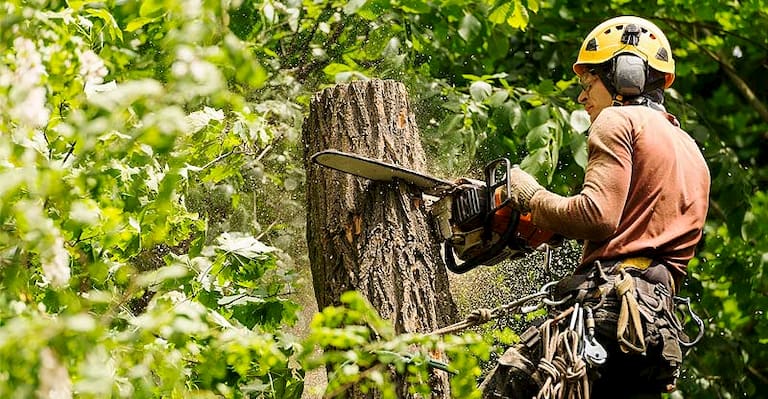Contents
To save Mother Earth, planting trees is crucial. They remove carbon dioxide from the air, absorb gaseous pollution and hold pollen, dust and smoke on their surfaces. They also provide an enjoyable green view that experts recommend for eye resting. But, what happens when the tree is old, sick and poses risks to you and your neighbours?
Dead or dying trees or branches can fall at any moment, not just during severe weather and storms. So, they need to be properly removed. Since this is a very dangerous and time-consuming task, it’s not recommended for homeowners to do it. Contacting a tree removal service would be the recommended thing to do.
The following three steps can help you deal with a dangerous tree as to avoid causing harm to your or your neighbour’s property.
Recognise the Signs of a Dangerous Tree
A professional tree removal service company can help you decide if a tree should be removed. But before contacting the tree experts, there are some signs that you can check yourself first.

Inspect the Base of the Tree
Start from the bottom of the tree. The three roots can be a solid indicator of a tree’s health. If you notice that the tree’s roots are noticeably damaged or decaying, this can suggest that it has lost his structural support. This tree can fall anytime. Make sure to also look thoroughly at the base of the tree where it meets the ground. If there is any space between the tree and the ground, a new lean may have occurred. This means that the tree can be structurally unsound and in great danger of falling.
Additionally, a professional tree expert can determine if the tree has been rotted or eaten by insects. If you notice that mushrooms growing on the ground at the base of a tree or even on the tree itself, this may be an indication of major problems in the roots or the trunk, so you might want to call a professional tree removal service as soon as possible.
Analyse the Tree Trunk
The tree trunk can contain most of the evidence if a tree is dead, infected, sick or rotting. If the trunk is missing large pieces of bark, you should be concerned. The cracks, crevices and cavities in the trunk can also indicate that a tree is no longer structurally sound. However, cavities don’t necessarily mean that a tree must be removed. The smartest solution is to consult a professional tree expert who can advise you if a cavity or crack has become too large for the tree to sustain.
Examine the Tree for Leaning
It is not uncommon for trees to lean naturally. However, a leaning tree can be an indicator that the entire tree is dead or dying, and may fall soon. If you can, go to an area from where you can observe the whole tree and examine it carefully for leaning. If you notice that the leaning progresses, better contact tree removal company for advice.

Check the Regulations
Before taking further steps, it’s not a bad idea to inform yourself about tree protection laws in Australian states and territories. Many of the trees are protected under the ACT TreeProtection Act 2005. The legislation differs two types of trees: a regulated tree and a registered tree.
A regulated tree is a tree that is 12 or more metres in height or more than 1.5 metres in circumference at one metre above ground level. Additionally, a regulated tree can have two or more trunks that are one meter above the level, with a total circumference of all trunks being 1.5 metres or more. The crown can be wide 12 metres or more.
A registered tree is a tree that has been identified as exceptional because of its, cultural heritage, landscape and aesthetic or scientific value. These trees are listed on the ACT Tree Register or Provisional Tree Register.
So, before removing or pruning trees in your garden, check if you need development approval from the Tree Protection Unit at the Territory and Municipal Services (TAMS) – this includes the trees in your backyard. You can consult a tree removal company that can explain to you all the details.

Find a Professional Tree Service
The last step of your tree removal journey is to find a trustworthy company that can successfully remove the tree from your property following all the procedures. Such a company should have a highly experienced staff that can do a free on-site verbal assessment, so you can get a clear image of what you are dealing with. If the tree cannot be saved and needs to be removed, the tree removal service company can carry out a risk assessment and tree removal plan, remove or cut the tree safely and even arrange traffic management if required. Make sure you choose a company that would also tidy up the mess and remove all the marital from the site, as well as complete all necessary tree removal paperwork required by your local government.
Since tree work requires a high degree of training to meet nationally recognised safety standards, make sure that you hire a tree removal company and tree workers that hold relevant licenses or tickets for the task they are carrying out. Also, the tree company must have adequate insurance so that you are adequately covered for any damage. Ensure your tree company has a workers compensation insurance policy within the State the work is being carried out. Make sure you are not at risk of being liable should an injury to a worker occur.

